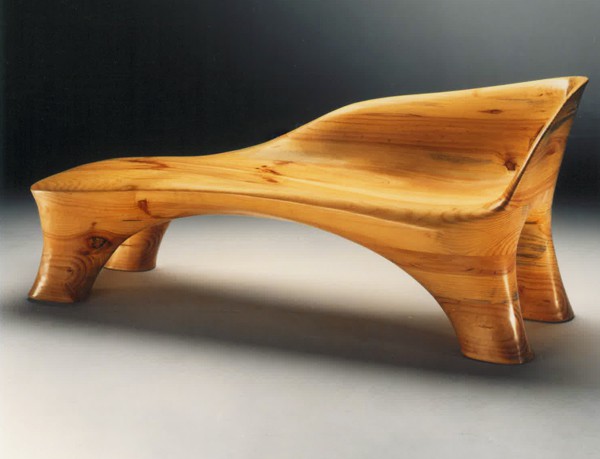
Cast your mind back to when you first started woodworking...
Whether your first exposure was observing your dad in his workshop, building a wonky spice rack at school or scrolling through your Instagram feed, the feeling was likely the same.
You had no tools, experience or know-how, just a passion and awe for what you’d seen was possible. But we all know the more rewarding a pursuit, the harder it can be to know where to begin.
Initially, woodworking can be intimidating, complicated, expensive, even dangerous. But it’s also incredibly satisfying (and a little addictive).
So the challenge for our industry has been manufacturing tools that help reduce this barrier, encouraging people to tackle their dream-projects and express their creativity in a way that’s not only possible, but affordable.
Enter, the rise of the machines.
How woodworking machines are changing woodcarving
While some purists maintain that a technological shift from hand-tools to small power tools has taken away some of the instinctual pleasures of woodworking – the nitty gritty, feeling the timber in your hands stuff – there are now reliable, inexpensive power tools on the market that allow beginners to achieve projects that 10 years ago would have been reserved for master craftsmen.
From the power carver to the top-of-the-range CNC machine, these tools have encouraged the dissemination of woodworking skills.
Now, in a world where our spare time is more precious than ever, as long as you have the passion, the only limit is your imagination.
Woodcarving arguably epitomised this shift in woodworking. A traditionally highly-skilled, difficult artform, which encompasses everything from wooden sculpture to furniture making, woodcarving has been revolutionised by the adoption of mechanical technology.
And if the mere mention of technology and revolution makes you retreat under the covers in a 1984-inspired paranoia, there’s a lot more than just modern laziness behind this shift.
While beginners can pick up economical hand carving sets, further down the line things become quite expensive and suddenly that initial outlay on an adaptable, versatile machine looks like a drop in the ocean.
So where do handtools fit in woodcarving today?
This isn’t to say hand-carving has no advantages – in fact, we’ve been one of the major proponents (and, yes, benefactors) of the hipster reclamation of the hand tool over the past few years.
For those keen to embrace the true artistic promise of woodcarving - perfectionists with a keen eye for detail and those aspiring to be high-quality furniture makers - high-quality hand tools are still the industry’s crème de la crème, as they have been for hundreds of years.
But for those feeling a little more practical, bitten by the creative bug but without the time and expertise to spend creating, you finally have a method for your madness.
Or put simply, for less than $200 you can now pick up a tool which carves a tree trunk into a tiki torch. Now if that isn’t the future, we don’t know what is.